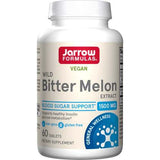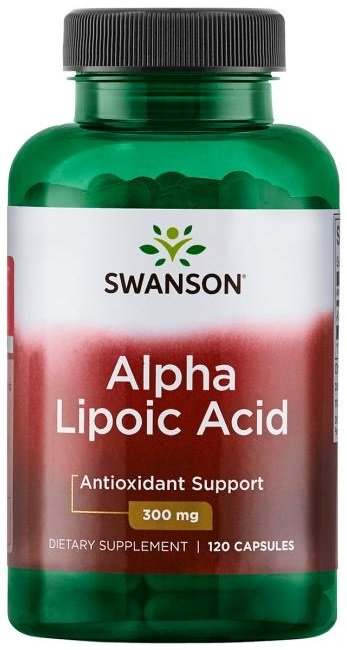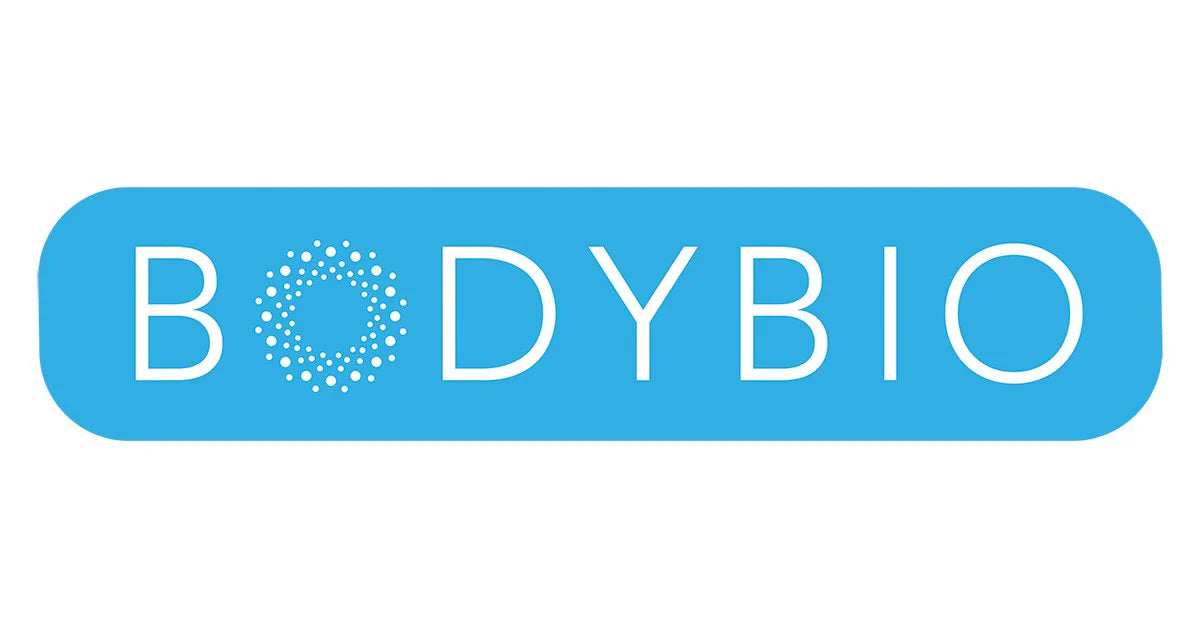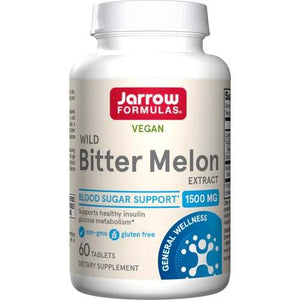
 Instagram
Instagram
Mounjaro vs Ozempic: What are the Differences?

Related products

Proper control over type 2 diabetes leads to a healthier lifestyle. Despite being a significant global health concern affecting around 422 million people, it needs apt management to mitigate potential risks. Modern medicine introduces various drugs for maintaining stable blood sugar levels among those diagnosed with this condition.
Recent strides in diabetic treatment highlight the importance of Glucagon-like peptide-1 (GLP-1) receptor agonists receptor agonists - medications that simulate actions of a hormone named GLP-1 that increases insulin production and reduces glucagon output – both pivotal elements in achieving ideal glucose equilibrium within our bodies.
Two potent contenders among the GLP-1 receptor agonists available today are Mounjaro and Ozempic. According to expert views from international medical professionals specialising in endocrinology and diabetology, these drugs offer promising potential for individuals seeking enhanced control over their glycemic index.
Mounjaro swiftly replicates physiological peptides, which results in a surge of insulin discharge after eating. Hence, it helps maintain consistency in glucose levels throughout each day. On the other hand, Ozempic - an injectable administered once weekly - effectively tackles high blood sugar by decelerating gastric elimination rate, reducing spikes in blood glucose following meals, and its notable effects promoting insulin production.
What Is Mounjaro?

Mounjaro is a medication tailored for individuals living with type 2 diabetes. It operates as an efficient GLP-1 receptor agonist to improve blood sugar control. Its function focuses on targeting GLP-1 receptors and mirroring natural glucagon-like peptide 1 (GLP-1). Such action boosts after-meal insulin release from pancreatic beta cells while minimizing the liver's glucose production that otherwise contributes to high blood sugar levels–a dual approach towards maintaining overall glycemic balance.
After rigorous clinical trials demonstrating its efficacy in type 2 diabetes patients, the U.S. Food and Drug Administration (FDA) approved Mounjaro for use alongside diet modifications and physical activity targeting adults diagnosed with type 2 Diabetes who require more than lifestyle interventions to achieve optimal glycemic balance. Moreover, apart from its primary indication for Type 2 diabetes management, research into usefulness extending towards treatment obesity or weight loss plans owing to a beneficial effect on appetite regulation is ongoing, making versatile add-on options modern therapeutics.
What is Ozempic?

Ozempic, bearing the scientific name Semaglutide, falls into a class of drugs called Glucagon-like peptide-1 (GLP-1) receptor agonists. It is a productive agent in regulating elevated blood sugar levels among individuals with type 2 diabetes. To comprehend its functionality, one needs to get acquainted with the GLP-1 hormone's role - it aids insulin generation and minimizes glucagon production, ensuring ideal glucose equilibrium within an individual's body system. Essentially, Ozempic replicates these actions, improving insulin output from beta cells housed inside the pancreas when there is a surge of glucose while simultaneously lowering alpha cell-derived glucagon, thereby decreasing the liver's contribution towards circulating sugars and sustaining a balanced glycemic picture.
The drug earned an approval nod from the Food Drug Administration (FDA) on December 5th,2017, marking recognition for its pivotal role in combatting Type 2 Diabetes in the adult population. As per FDA guidelines, adjunctive glycemic control complements the standard diet exercise regimens prescribed for that diagnosed condition.
Is Mounjaro or Ozempic more Effective?
In search of effective means to control type 2 diabetes, both Mounjaro and Ozempic have proven their significance. Each performs its role in managing blood sugar levels efficiently, and the medical community extensively recognises these medicines.
To evaluate which one is more effective, a considerable number of factors must be examined, from individual patient response and tolerance to clinical trial results.
Clinical trials conducted on the effects brought about by each drug reveal promising outcomes, favouring them as significant contributors to improved glycemic controls among diabetic patients. For instance, SUSTAIN-6, a ground-breaking study investigating liraglutide (Ozempic), displayed a noteworthy reduction in HbA1c levels alongside weight loss benefits over a span of 104 weeks.
On the other hand, studies carrying out comparative analyses between Dulaglutide (the active ingredient found within Mounjaro ) and Semaglutide unveiled a slight edge, demonstrating overall better control of glucose parameters and maintaining a non-inferiority safety profile.
Mounjaro Vs Ozempic Dosage

Understanding the recommended dosage of both Mounjaro and Ozempic requires an individualised, patient-centred approach. Dosing patterns typically take into account several factors, including age, disease severity, response to previous treatment regimens, and existing comorbidities.
Mounjaro
Initiating Mounjaro therapy typically begins with a dosage of 2.5 mg administered weekly for an initial period of four weeks. This step allows healthcare providers to gauge patient tolerance and monitor blood glucose changes.
From the fifth week, subject to positive response and tolerability, dosage is generally increased to 5mg weekly for another four weeks. Further escalation might occur from the ninth week if the treating physician deems it necessary based on glycemic control requirements, potentially raising it up to 7.5 mg per seven-day cycle.
When enhancing Mounjaro dosages, consider an incremental max-limit rule of 2.5mg monthly; stepping beyond isn't advised as a safety measure. The crown limit remains under the "15 mg'' umbrella—prescribed only once within each passing sun rotation—meaning yearly.
Ozempic
Contrary to its counterpart's daily regimen, cardiovascular outcome trials recommend starting liraglutide administration with a lower dose—0.25 mg weekly—and upgrading to 0.5 mg per week after a month of increased quantity.
For individuals requiring further glycemic control, escalated core dosages reach up to 1mg every seven days, which requires continual assessment outcomes by healthcare professionals.
Mounjaro Vs Ozempic Comparison Chart
|
Feature |
Mounjaro |
Ozempic |
|
Drug Class |
GLP-1 Receptor Agonist (Incretin Mimetic) |
GLP-1 Receptor Agonist (Incretin Mimetic) |
|
Manufacturer |
Manufacturer Y |
Novo Nordisk |
|
FDA Approval Status |
Under Review/Approved* (*exact status needs verification from reliable resources) |
December 5th, 2017 for T2D and February 26th, 2020 for CV risk reduction |
|
Dosage Forms Available |
Injectable solution - subcutaneous use only |
Injectable solution - subcutaneous use only |
|
Usual Starting Dose for Adults with Type II Diabetes |
2.5 mg once every week, raised to a maximum of up to 15 mg per week based on response/tolerability |
Starts at a lower dose of 0.25 mg weekly, increasing up until a potential max limit of 1 mg per week contingent upon patient response |
|
Side Effects (Common ones) |
Potential side effects need to be looked through credible medical/pharmaceutical references to verify common undesirable consequences associated with the administration of this medication |
Common side-effects include: nausea, vomiting, diarrhea, constipation, injection site reactions, rash, itching |
Mounjaro Vs Ozempic Side Effects
Mounjaro:
- Nausea commonly occurs, especially at the initial stages, as the body adjusts to new medication and standard anti-diabetic agents.
- Vomiting emerges quite often in patients' newly initiated drug therapy regimens.
- Diarrhoea is a prevalent complaint among users, although severity varies on a case-case basis depending on individual tolerance levels.
- Bloating reported concern noted by some within the patient community, which underwent course treatment using the specific injectable solution.
Ozempic:
- Stomach discomfort has been frequently recorded after administration doses to achieve effective glycemic control over an extended period prescribed by healthcare professionals.
- Reduced appetite is not uncommon to be witnessed during the early days post commencement of the diabetic care plan involving a key tool arsenal – the "Semaglutide'' brand name is mentioned here.
- Constipation, unlike its counterpart, is never a rare occurrence in adults suffering from typical form diabetes where higher blood sugars pose recurrent issues affecting the quality of life adversely.
It's important to note that while these are common side effects associated with both drugs, individuals react differently based on their unique physiology. Therefore, benefits anticipated through the inclusion of either one kind above of therapeutics must always outweigh potential risks under careful guidance from medical personnel specialised in field endocrinology or related branches of medicine dealing with human metabolic disorders, including widely present conditions such as Type II Diabetes Mellitus ( T2DM ).
Is Mounjaro or Ozempic More Expensive?
Determining whether Mounjaro or Ozempic incurs more expenses varies due to several factors. These include manufacturer pricing policies, insurance coverage variations, regional price differences and potential availability of generic alternatives. It remains critical for patients seeking optimal cost-effective treatment plans to confer with their healthcare providers and pharmacies regarding precise drug costs, ensuring a financially sustainable approach towards managing their Type 2 Diabetes.
Summary
In the therapeutic landscape of Type 2 Diabetes, Mounjaro and Ozempic have emerged as effective players. Belonging to a category of drugs known as GLP-1 receptor agonists or incretin mimetics, these treatments enhance insulin secretion while regulating glucagon production – key roles in maintaining blood sugar balance.
Mounjaro's dosage typically initiates at 2.5 mg weekly, whereas Ozempic begins with an even lower dose—- 0 .25mg per week. This illustrates different escalation strategies between the two, thereby catering to diverse patient profiles.
Regarding cost implications, the choice of medication relies on factors like manufacturer policies, regional pricing differences, and insurance considerations; hence, patients are advised to discuss their healthcare providers' exact drug costs.
Remember, individual health profile remains a paramount decision-making process; the choice between medications is entirely dependent upon patient-specific requirements guided by expert advice from licensed medical professionals.
Frequently Asked Questions
What is the difference between Ozempic and Mounjaro?
The divergences between Ozempic and Mounjaro mainly reside in their formulation, dosing regimens, and possible side effects. While both belong to the pharmaceutical class of GLP-1 receptor agonists used for managing type 2 diabetes, Ozempic typically has a once-weekly dosage schedule, while Mounjaro might be administered daily,
Can I switch from Ozempic to Mounjaro?
Switching from Ozempic to Mounjaro or vice versa necessitates the healthcare provider's approval as it depends on patient-specific factors such as health profile, tolerability levels and treatment response.
What injection is better than Ozempic?
Determining which injection is superior over another is subjective when comparing medications within the same category; efficaciousness varies per individual, so one medication deemed 'better' does not universally apply. A balanced decision emerges through careful evaluation by treating physicians based on the patient's requirements.
Do Ozempic and Mounjaro have other benefits in treating inflammation?
Available clinical evidence does not highlight the anti-inflammatory benefits of Ozempic or Mounjaro use beyond blood sugar control and weight management. Future research requires unearthing supplementary impacts of these medications' broader spectrum metabolic disorders and conditions characterised by inflammation.
























 Rated Excellent by 26,523+ Reviews
Rated Excellent by 26,523+ Reviews